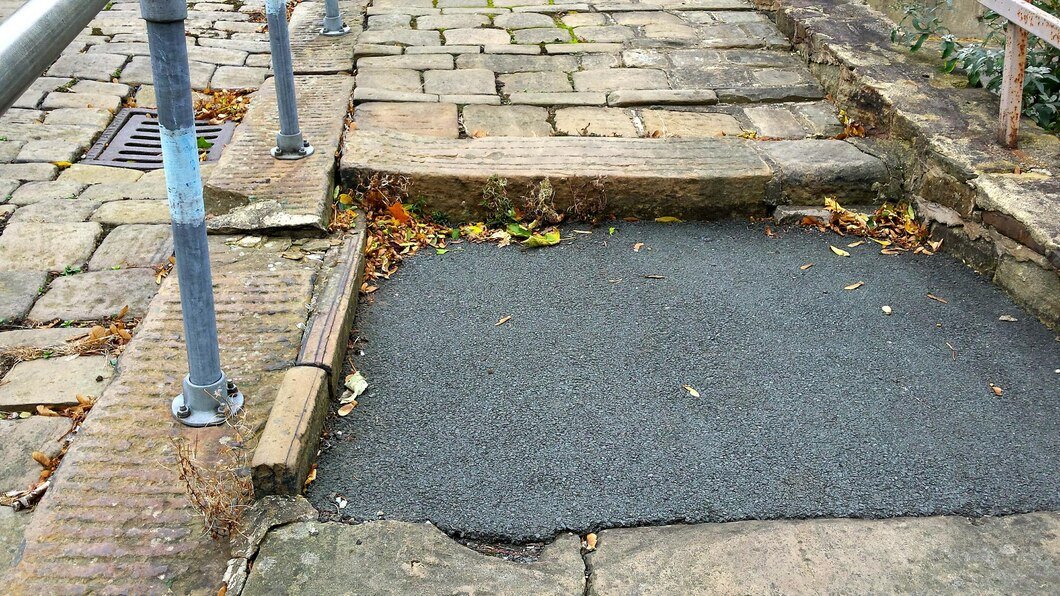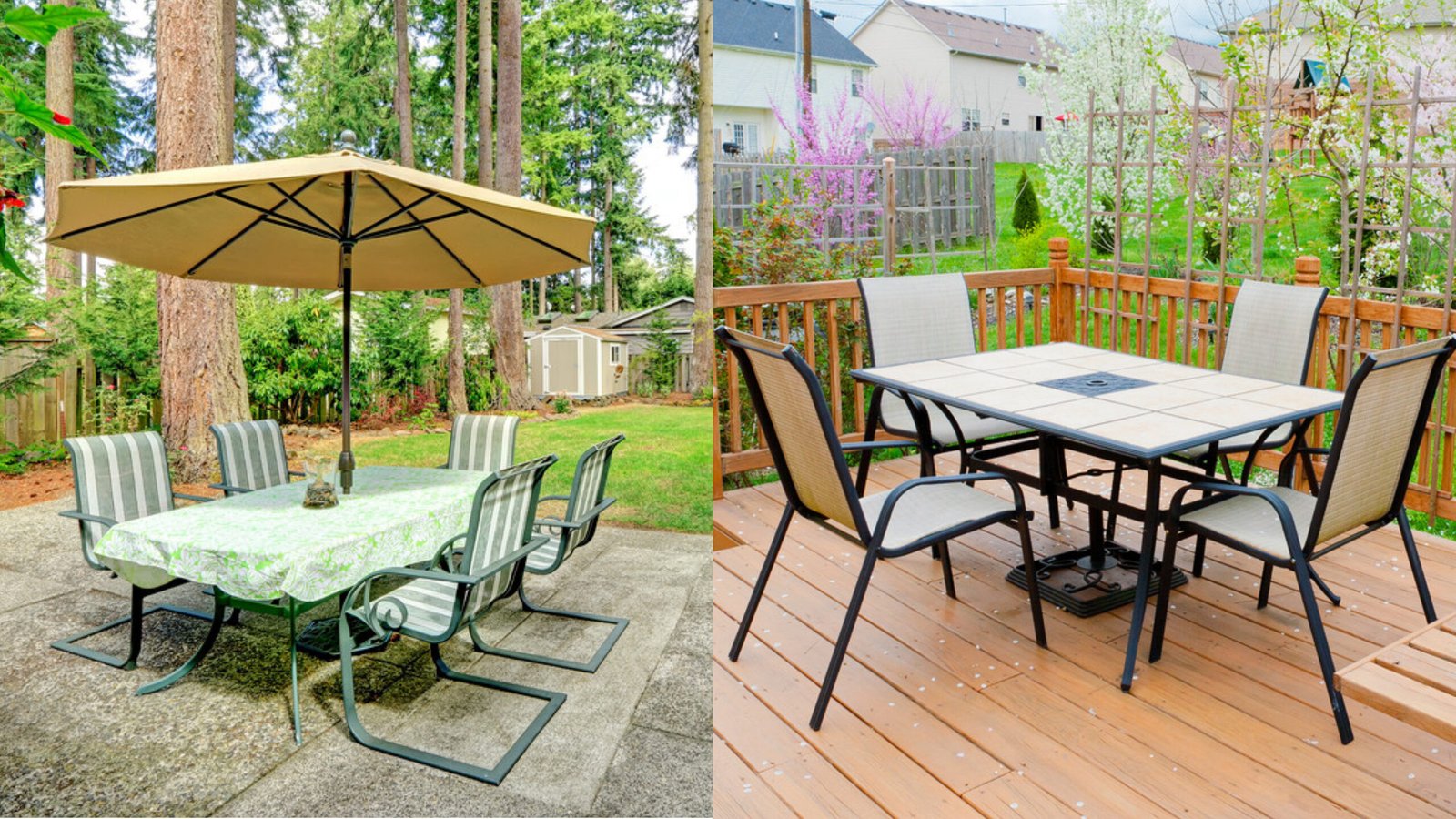Introduction
Concrete sinking, also known as slab settlement, is a common issue affecting various structures such as driveways, sidewalks, patios, and floors. This phenomenon can lead to uneven surfaces, cracks, and potential hazards, impacting the functionality and aesthetics of the property. Understanding the reasons behind concrete sinking is crucial for effective prevention and repair. This article delves into the top five reasons why concrete sinks and provides practical solutions for each issue.
The Nature of Concrete
Composition of Concrete
Concrete is a composite material composed of cement, water, aggregates (such as sand, gravel, or crushed stone), and sometimes admixtures. The proportions of these components determine the strength, durability, and other properties of the concrete.
Properties of Concrete
Concrete is known for its strength and durability, making it a preferred material for construction. However, it also has limitations, such as susceptibility to cracking and weathering, which can contribute to its sinking if underlying conditions are unfavorable.
Reason 1: Soil Erosion
Causes of Soil Erosion
Soil erosion occurs when the upper layer of soil is removed by water, wind, or other natural forces. This can happen due to poor drainage, heavy rainfall, or the absence of vegetation to hold the soil in place.
Impact of Soil Erosion on Concrete
When the soil supporting a concrete slab erodes, voids are created beneath the slab. This lack of support causes the concrete to sink or settle, leading to an uneven surface and potential structural damage.
Prevention and Mitigation
To prevent soil erosion, it is essential to ensure proper drainage around concrete structures. Installing gutters, downspouts, and French drains can help divert water away from the foundation. Additionally, planting vegetation or using erosion control fabrics can stabilize the soil and reduce erosion risks.
Reason 2: Poor Soil Compaction
Definition of Soil Compaction
Soil compaction is the process of increasing the density of soil by reducing air gaps between soil particles, usually through mechanical means. Proper compaction provides a stable base for concrete slabs.
Effects of Poor Soil Compaction
If the soil beneath a concrete slab is not adequately compacted, it can settle over time under the weight of the concrete and any additional loads. This settlement leads to the sinking of the concrete slab, causing uneven surfaces and potential cracks.
Methods to Ensure Proper Soil Compaction
Ensuring proper soil compaction involves using appropriate equipment, such as vibratory plate compactors or rollers, during the preparation of the site. It is also crucial to compact the soil in layers, known as lifts, to achieve uniform density and stability.
Reason 3: Excessive Moisture
Sources of Excessive Moisture
Excessive moisture can come from various sources, including heavy rainfall, improper drainage, plumbing leaks, or high water tables. This moisture can infiltrate the soil beneath the concrete slab, causing issues.
How Moisture Affects Concrete
When excessive moisture saturates the soil, it can weaken its load-bearing capacity, leading to soil expansion and contraction. This movement can cause the concrete slab to shift, crack, or sink.
Techniques to Manage Moisture Levels
Managing moisture levels involves ensuring proper drainage around the concrete structure. Installing drainage systems, such as French drains, and maintaining a consistent slope away from the foundation can help manage water flow. Regularly inspecting and repairing any leaks or drainage issues can also prevent excessive moisture from affecting the soil.
Reason 4: Tree Roots and Vegetation
Impact of Tree Roots on Concrete
Tree roots and other vegetation can grow beneath concrete slabs, exerting pressure and causing the slab to lift or crack. As roots expand, they displace the soil, creating voids that lead to the sinking of the concrete.
Preventative Measures for Tree Root Damage
To prevent tree root damage, it is important to consider the location of trees and large plants when installing concrete structures. Using root barriers or planting trees at a safe distance from the concrete can minimize root intrusion. Regular maintenance, such as trimming and root pruning, can also help manage the growth of vegetation near concrete slabs.
Reason 5: Inadequate Concrete Mix
Importance of Proper Concrete Mix
The quality and composition of the concrete mix play a significant role in its durability and strength. An inadequate mix with incorrect proportions of cement, water, and aggregates can compromise the concrete’s integrity.
Consequences of Inadequate Mix
A poor-quality concrete mix can result in reduced strength, increased permeability, and susceptibility to cracking. These weaknesses can cause the concrete slab to sink or settle over time, especially under heavy loads or adverse environmental conditions.
Guidelines for a Proper Concrete Mix
To ensure a proper concrete mix, it is crucial to follow recommended mix designs and use quality materials. Consulting with a professional or referring to established standards can help achieve the desired properties for the concrete. Additionally, proper mixing techniques and curing practices are essential to enhance the strength and durability of the concrete.
Diagnosing Concrete Sinking
Signs of Sinking Concrete
Identifying sinking concrete involves looking for visible signs such as uneven surfaces, cracks, gaps between slabs, or water pooling in certain areas. These indicators suggest that the concrete has settled or shifted.
Tools and Techniques for Diagnosis
Diagnosing the extent of concrete sinking can involve various tools and techniques. Laser levels, straightedges, and string lines can help measure unevenness, while soil testing and ground-penetrating radar can assess the condition of the soil beneath the concrete. Professional inspections can provide a comprehensive evaluation and recommend appropriate solutions.
Repair and Restoration
Methods of Repairing Sunk Concrete
Repairing sunken concrete typically involves techniques such as mud-jacking, slab-jacking, or polyurethane foam injection. These methods lift the concrete slab back to its original level by injecting a stabilizing material beneath it.
Cost and Time Estimates for Repairs
The cost and time required for repairs depend on factors such as the extent of the sinking, the chosen repair method, and the size of the affected area. Generally, mud-jacking and slab-jacking are more cost-effective but may take longer, while polyurethane foam injection offers a quicker solution with potentially higher costs.
Preventive Measures
Best Practices for Preventing Concrete Sinking
Preventing concrete sinking involves implementing several best practices, including proper site preparation, adequate soil compaction, effective drainage systems, and using high-quality concrete mixes. Regular maintenance and addressing any issues promptly can also help prevent sinking.
Long-Term Maintenance Tips
Long-term maintenance of concrete structures involves regular inspections, cleaning, and sealing to protect against moisture and environmental damage. Addressing minor issues, such as cracks or drainage problems, promptly can prevent them from escalating into more significant problems.
Case Studies
Real-Life Examples of Concrete Sinking
Examining real-life examples of concrete sinking can provide valuable insights into the causes and solutions. Case studies can highlight different scenarios, from residential driveways to commercial buildings, and demonstrate the effectiveness of various repair methods.
Lessons Learned from Each Case
Analyzing the lessons learned from each case study can help identify common factors contributing to concrete sinking and effective strategies for prevention and repair. These insights can guide homeowners, contractors, and property managers in addressing and preventing concrete sinking issues.
Expert Insights
Quotes and Advice from Industry Professionals
Industry professionals, such as civil engineers, contractors, and geotechnical experts, can offer valuable insights and advice on preventing and addressing concrete sinking. Their expertise can help understand the complexities involved and recommend best practices for maintaining stable and durable concrete structures.
Conclusion
Summary of Key Points
Concrete sinking is a common issue caused by factors such as soil erosion, poor soil compaction, excessive moisture, tree roots, and inadequate concrete mix. Understanding these causes and implementing preventive measures can help maintain the integrity and longevity of concrete structures.
Final Thoughts and Recommendations
Addressing concrete sinking requires a combination of proper site preparation, quality materials, and regular maintenance. By taking proactive steps and seeking professional advice when necessary, property owners can prevent and effectively repair sinking concrete, ensuring safe and durable surfaces for years to come.
About Us
Greeley Local Concrete was founded in 2005 in Greeley, Colorado. With over almost 20 years of experience in the concrete industry, we have become the most trusted name for all of your commercial and residential concrete needs in northern Colorado. We take pride in providing the true value in form of high quality services in the local area of Greeley and surroundings. Our team of expert concrete craftsmen are renowned for their attention to detail, ensuring every project meets our high standards. We place great importance on exceptional customer service and strong relationships within the community we have called home for generations. Contact us today to discuss your next concrete project.



